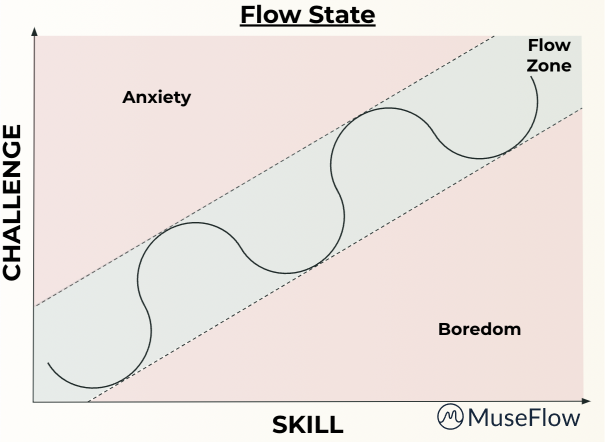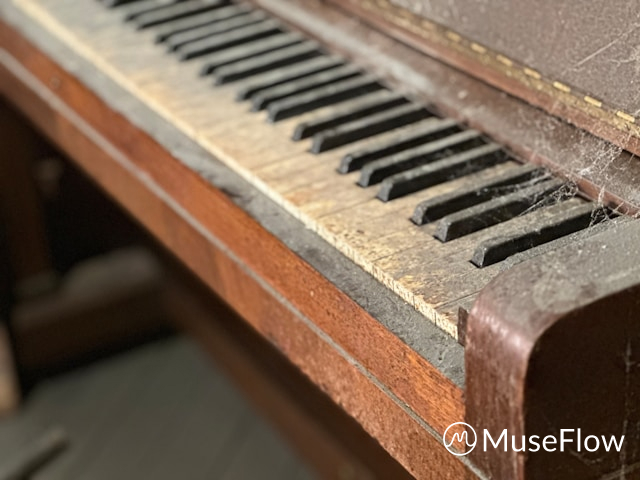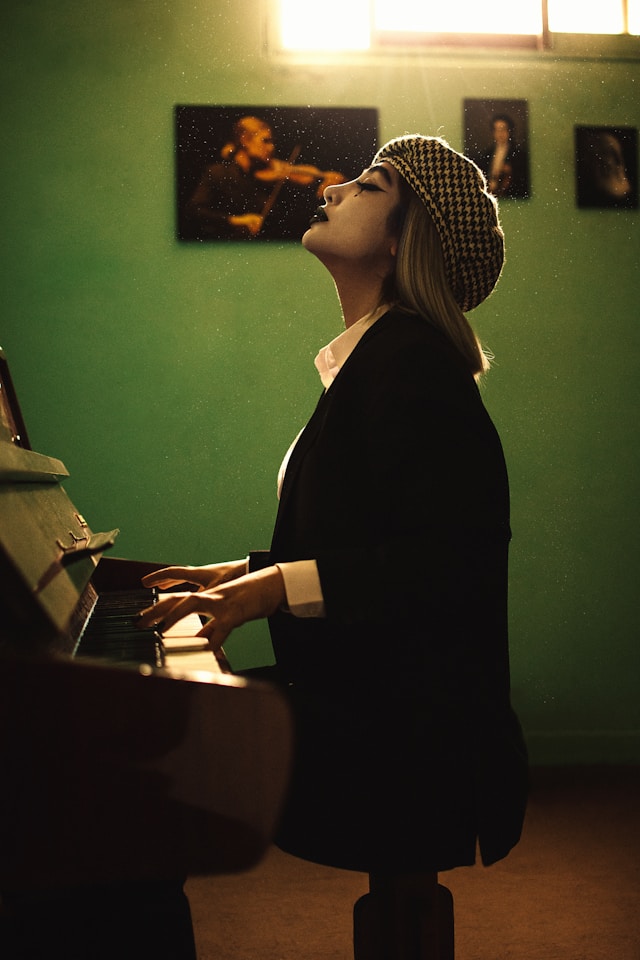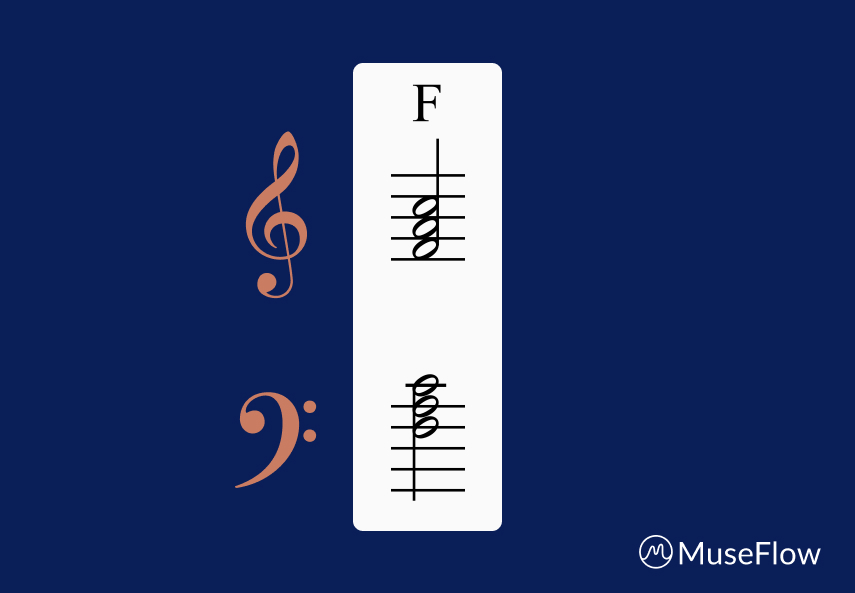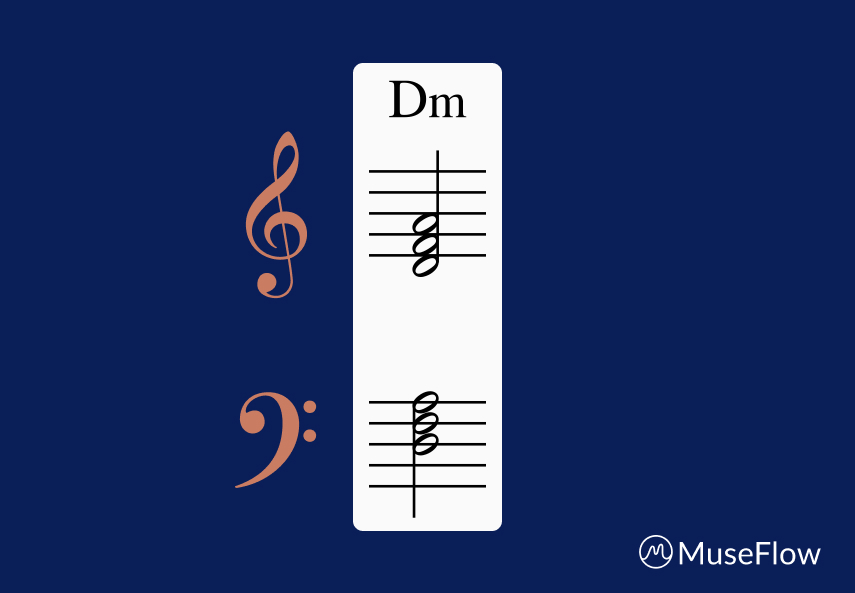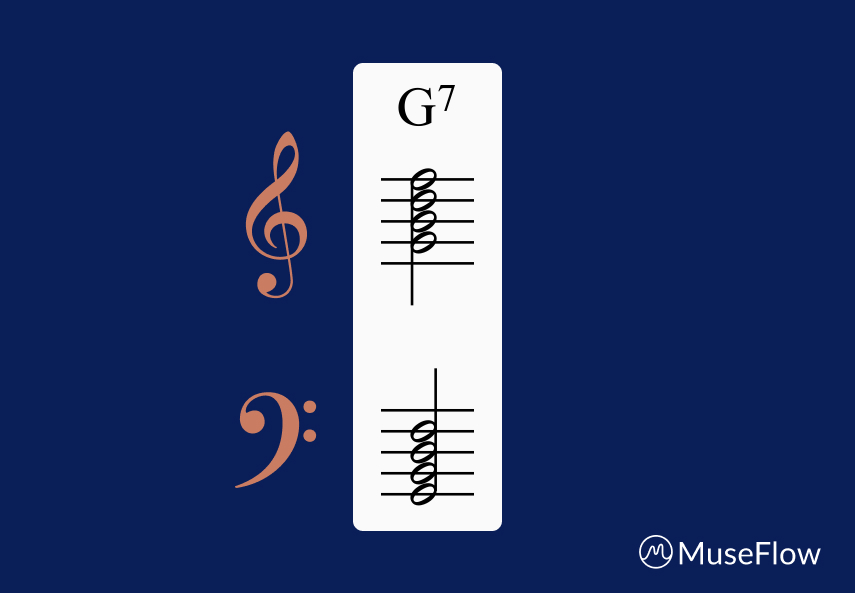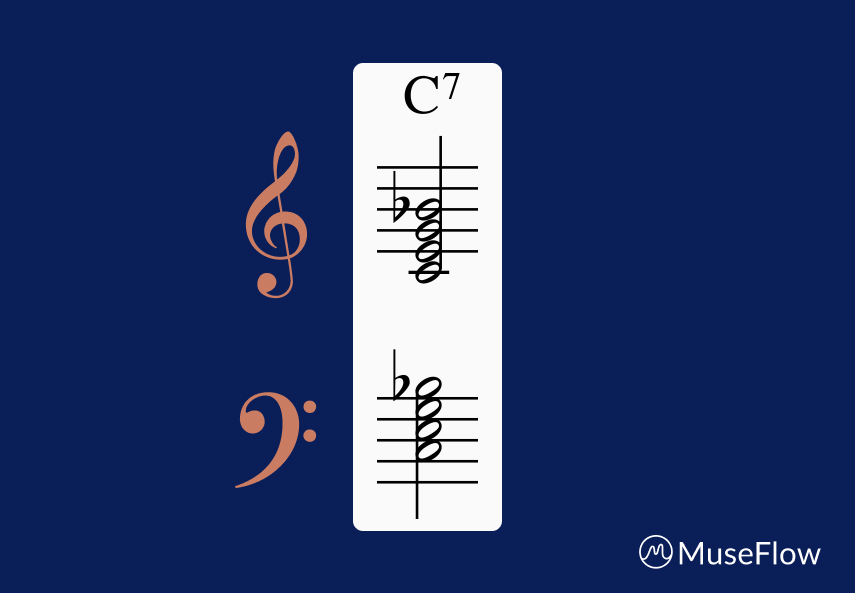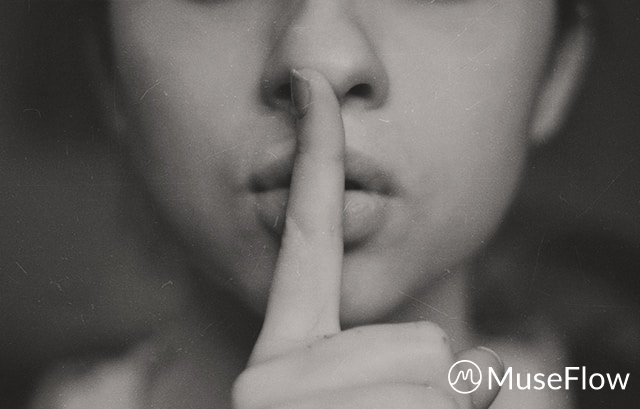Empowering Beginner Musicians:Blending Sight Reading and Flow State
Greetings to all the passionate music teachers!
As music aficionados, we understand the profound joy of playing an instrument — a pursuit that’s both challenging and immensely rewarding. However, conveying this love to young students can be a different tune altogether.
Today, let’s delve into the art of sight reading and how embracing flow state through sight reading can bring the joy back to the musical journey for beginners.

Sight Reading: The Gateway To Musicianship
Mastering sight reading isn’t just about learning new music faster; it makes learning new music more fun. Fluent sight reading shortens the journey to playing notes correctly, leaving more brain space and time to focus on musicianship and expression.
Yet, traditional teaching methods often don’t teach sight reading. They focus on learning new songs instead.. As the songs get harder, students’ skills don’t increase at a relative rate. Because they’re only exercising that new skill in that one specific context of that one specific song. It doesn’t become ingrained in them to the point where they can effortlessly apply the new skill when encountering it in a different piece of music.
As the gap widens, students lose motivation as pieces get harder to practice. They then spend hours repeating the same song over and over to perfection, and get bored with the slow progress, never really feeling what it’s like to be perfectly challenged by something to where it’s fun to practice it! With this way of teaching, it’s either too hard or too easy. Never right in the middle.
Flow State: The Key To Sight Reading
Enter the realm of flow state, coined by psychologist Mihaly Csikszentmihalyi. It’s that magical state of total focus and concentration, familiar to musicians during jam sessions and concerts. It’s that Goldilocks zone of “not too hard, not too easy.”
What if we applied the concept of flow to beginning music education by making sight reading the engine of learning and mastering a new skill? And what if we’re were able to start a student right where the challenge meets their skill level so that they’re concentrating and engaged for hours, but still enjoying the practice?

Introducing MuseFlow: Learn Music Through Flow
MuseFlow emerges as a solution that combines sight reading and flow state. It systematically teaches fundamental concepts through sight reading by ensuring that each lesson consists of new, manageable music at a specific skill level. No repetition. Instead, it’s a continuous stream of never before seen music that challenges and exercises the new skill, pushing them just beyond their comfort zone.
As their teacher, place your students in the lesson that challenges them just enough (accuracy is displayed on screen. You want to keep them right around 85% for optimum flow). Once they hit 95% accuracy and sustain that for four phrases, they’ve successfully mastered that new skill!
MuseFlow will send you weekly progress reports so you can see if they’re practicing throughout the week and how long they spend on each lesson. Once a student passes a lesson, they can immediately apply the new skills they’ve learned to fresh pieces you assign.


Reframing The Learning Process
MuseFlow reframes the learning process so students can learn a new skill outside of a prescribed song they’d otherwise have to repeat over and over ad nauseam. They learn the new skill in a flow state, creating a positive connection between the new skill and the process of learning. Then when they apply that new skill to music that’s right at their difficulty level, they’ll be able to learn that song much faster, more thoroughly, and more enjoyably. This will allow you, their teacher, to focus on refining the fun parts like musicianship and expression in the songs you assign at their in-person lesson.
Consider this quote Kyle, one of MuseFlow’s current users:
“MuseFlow is like having a gym partner who guides you through a workout they’ve already planned out. I don’t have to spend time or energy coming up with exercises to train and wondering if it’s optimal, I can just follow along and focus solely on execution. There’s such an overload of information when it comes to learning piano that it’s so taxing (especially if you struggle with perfectionism) to come up with a routine alone. MF takes away a little bit of that decision making and it’s honestly so refreshing.”
In conclusion, combining flow state and sight reading opens a window to a richer and more enjoyable learning experience by inspiring and captivating on a fundamental level. With Museflow, we can shift from a song-first approach to the transformative combination of sight reading and a flow state-first methodology.
MuseFlow is empowering music teachers to revolutionize music education from the ground up. We, as teachers, know the benefits of music education. Now let’s bring it to every student we can.
Curious about whether MuseFlow is right for your students? Visit www.museflow.ai/teachers to schedule a demo. With a MIDI keyboard and a computer, you can try out our current version at beta.museflow.ai. We can’t wait to hear your feedback as we make music education available and engaging to all students!
.svg)

